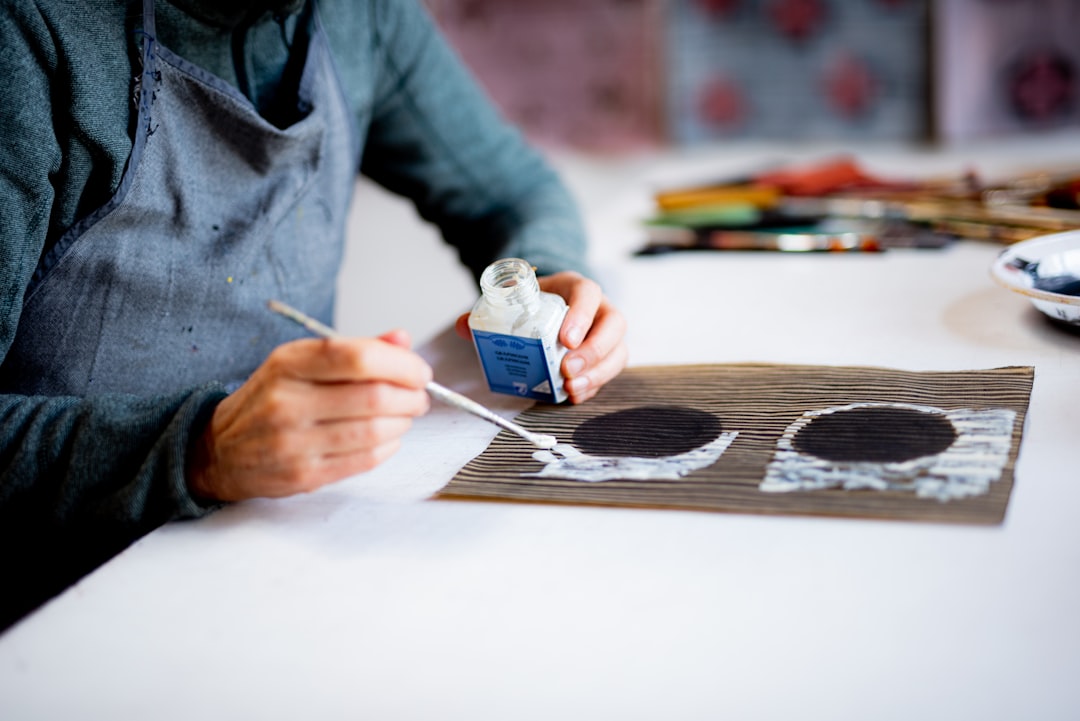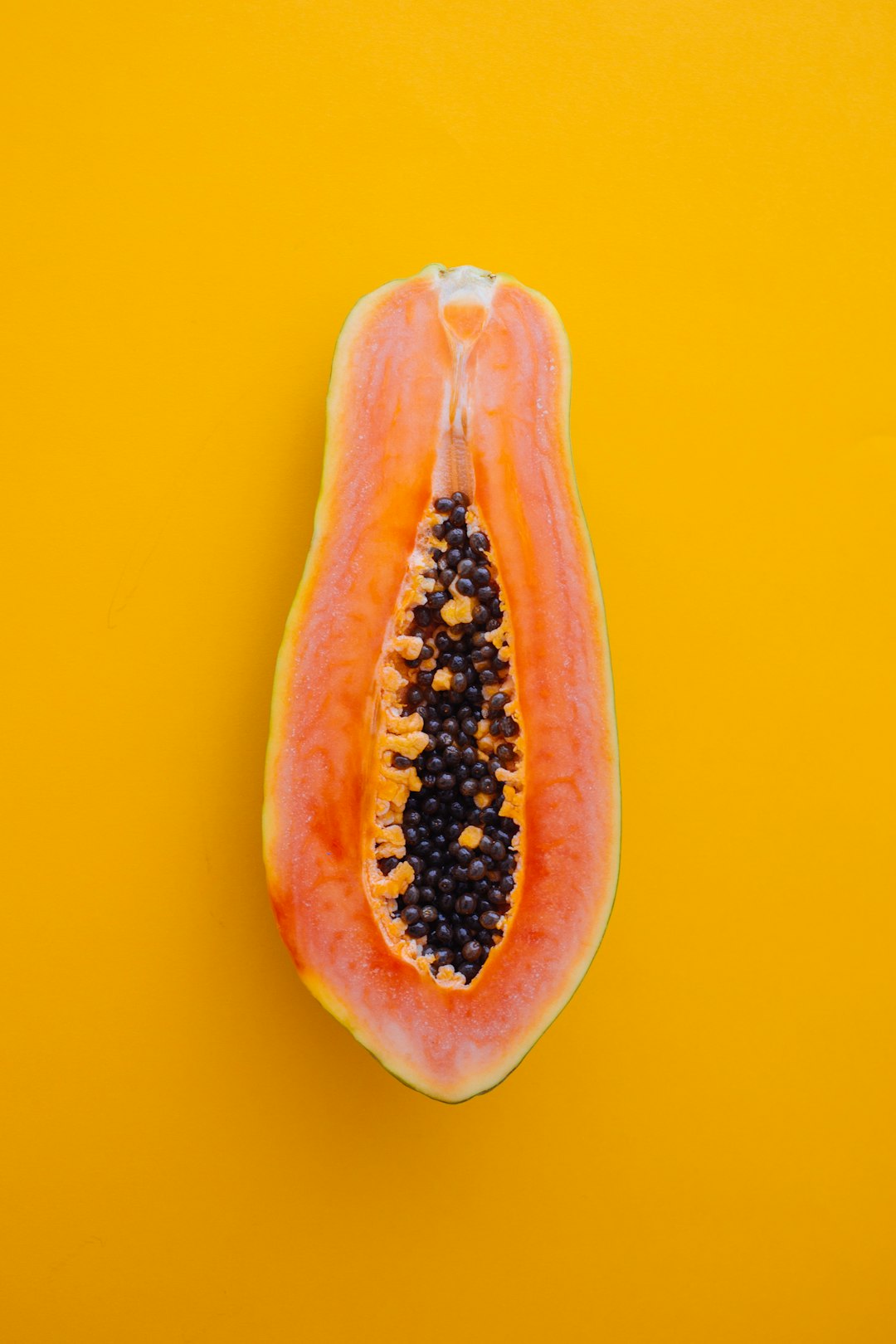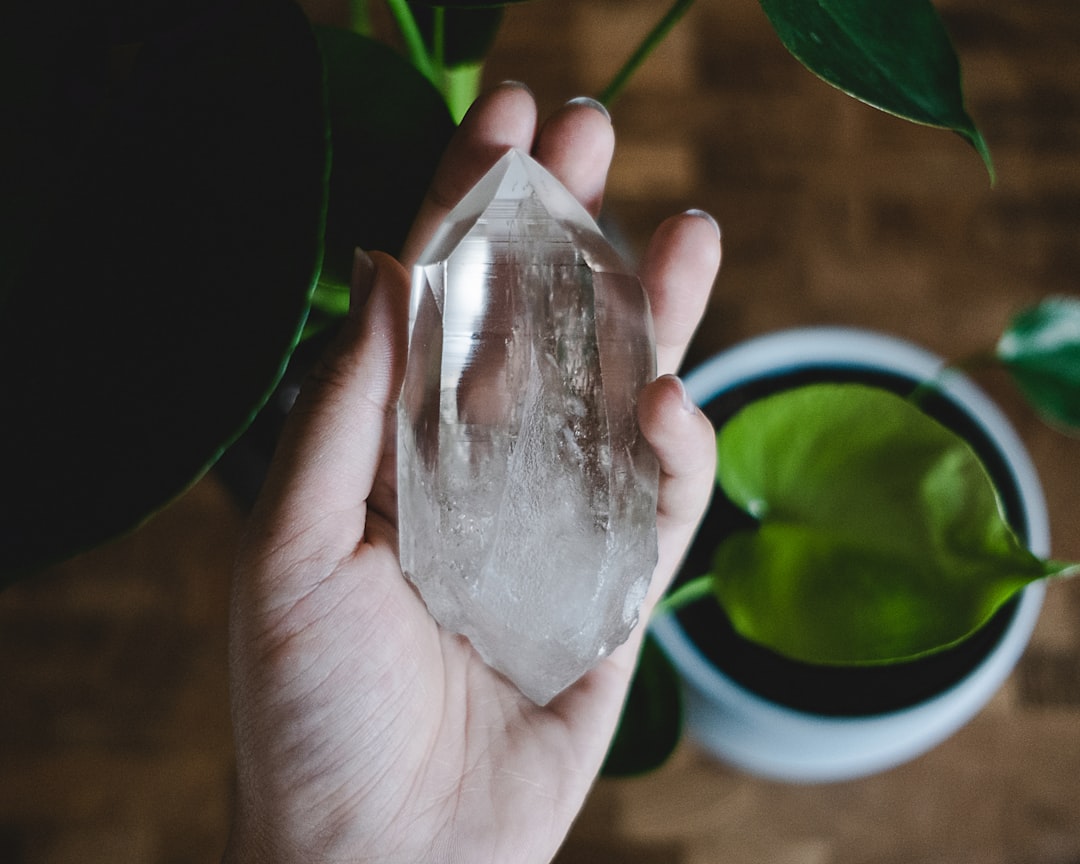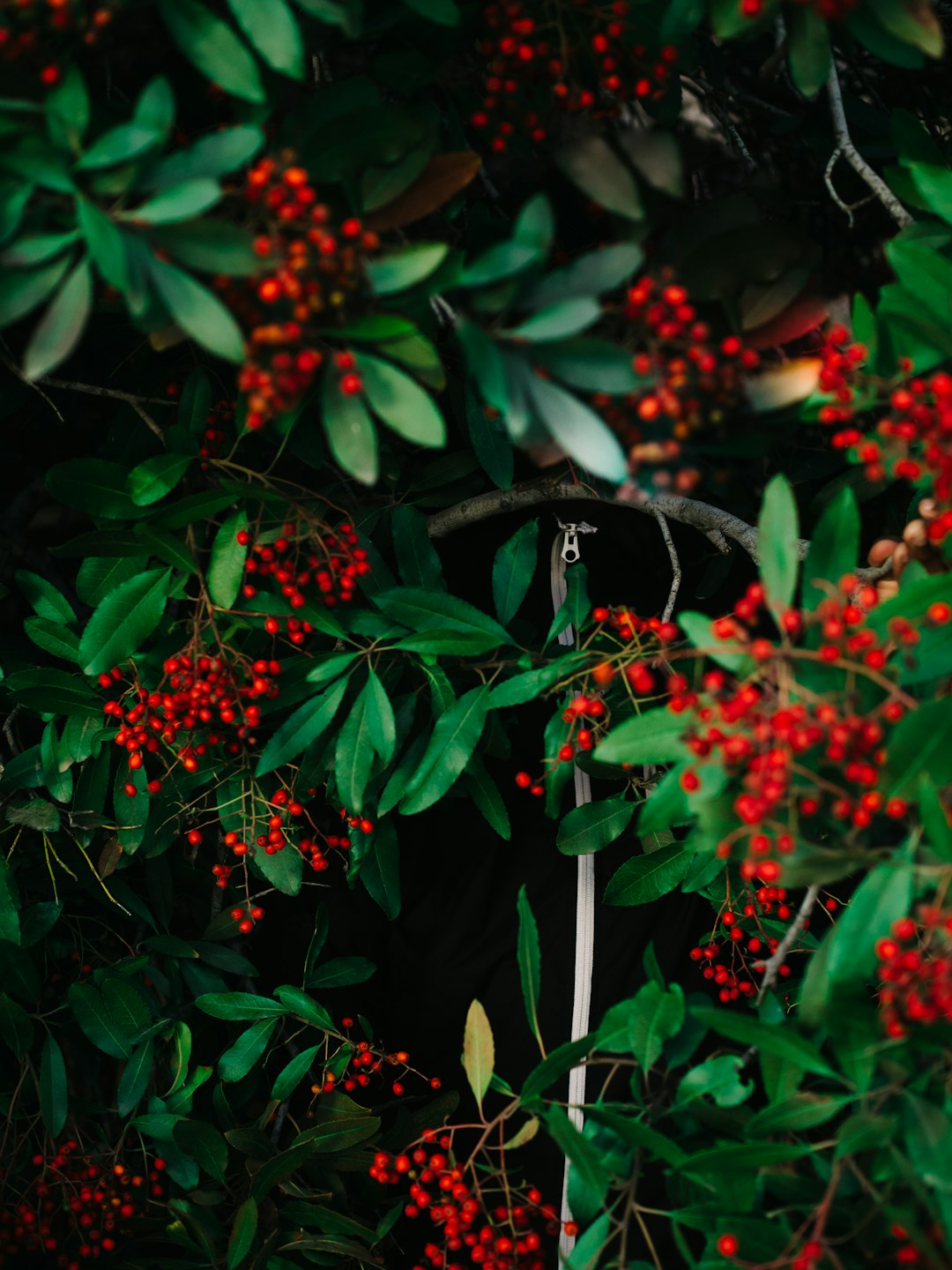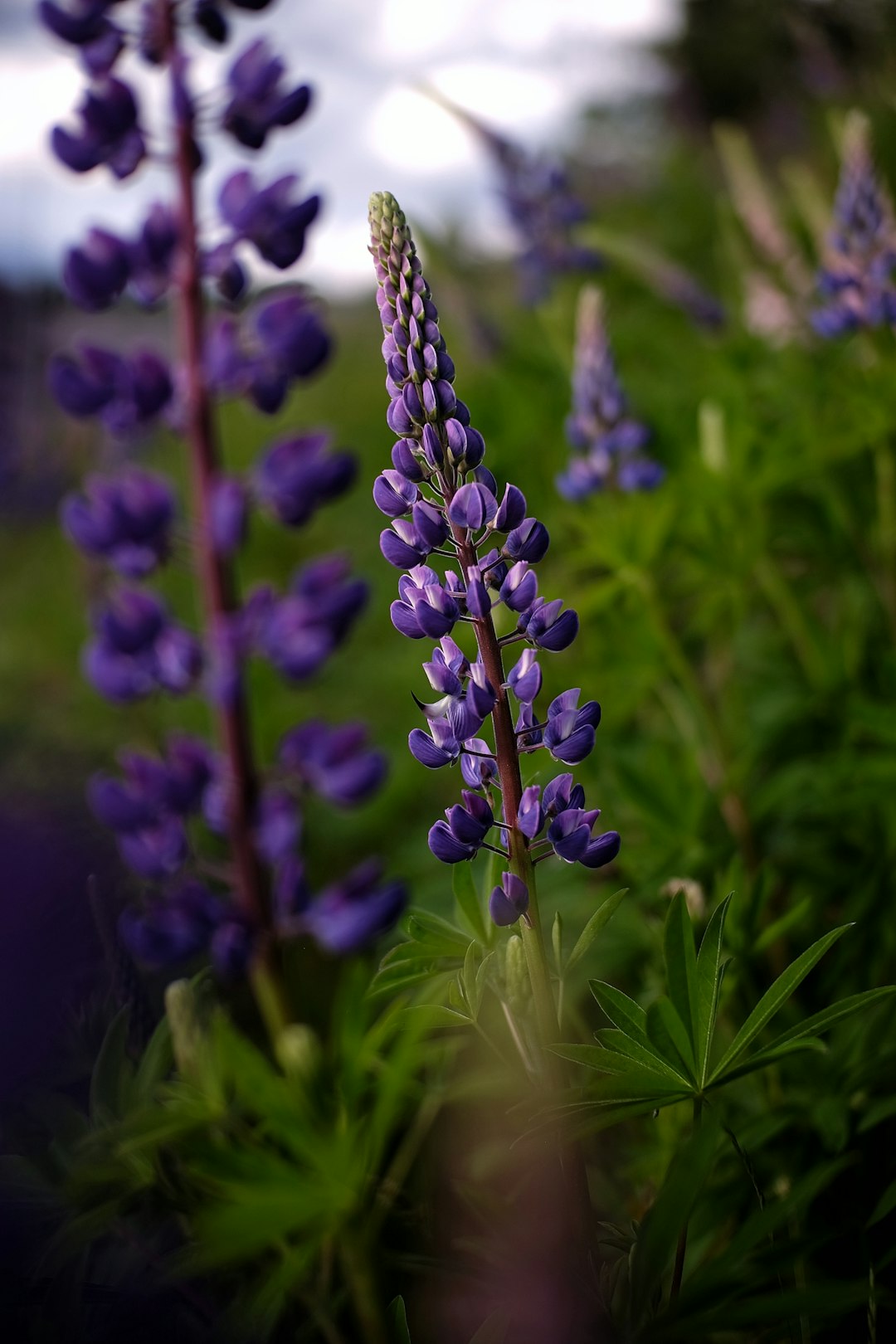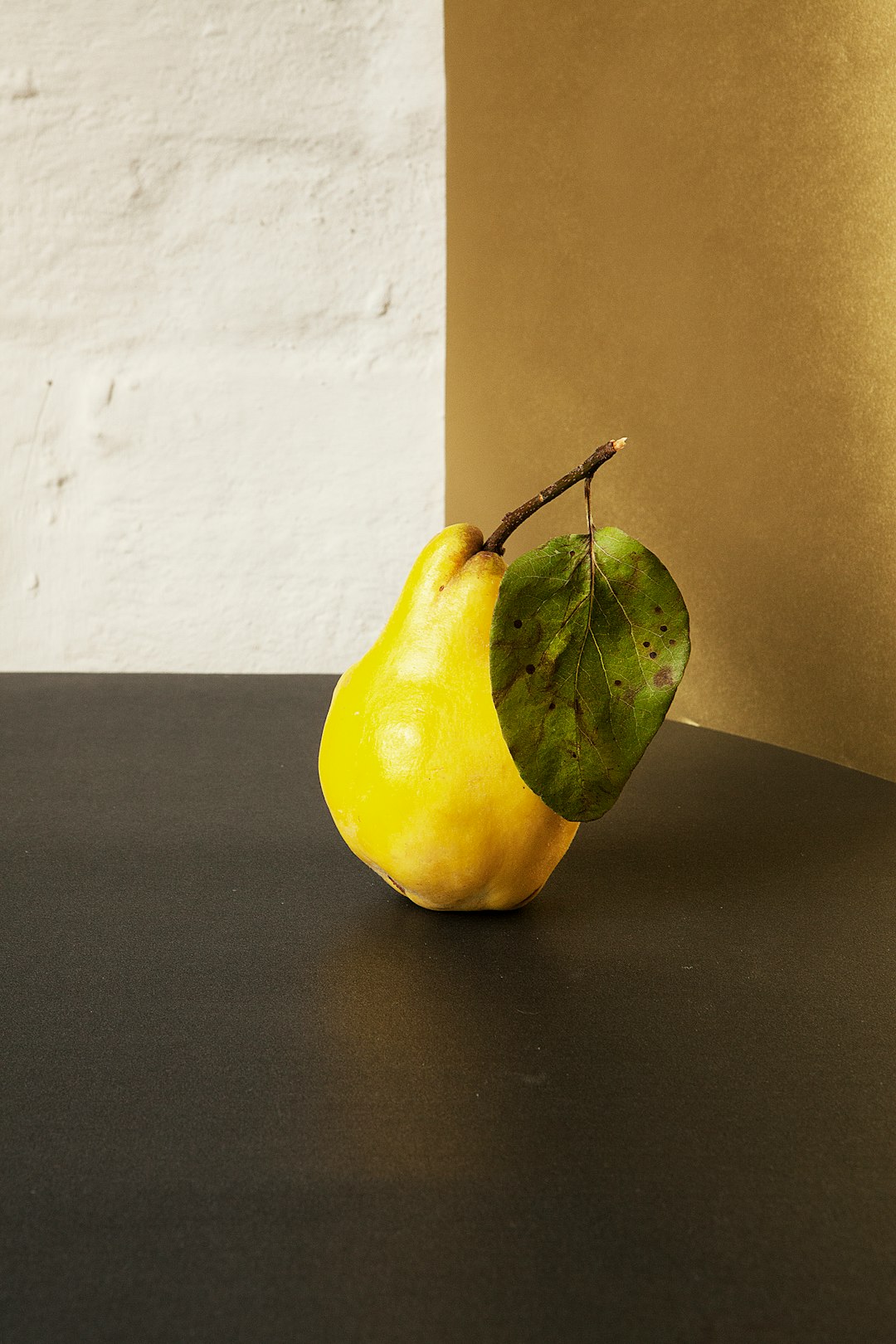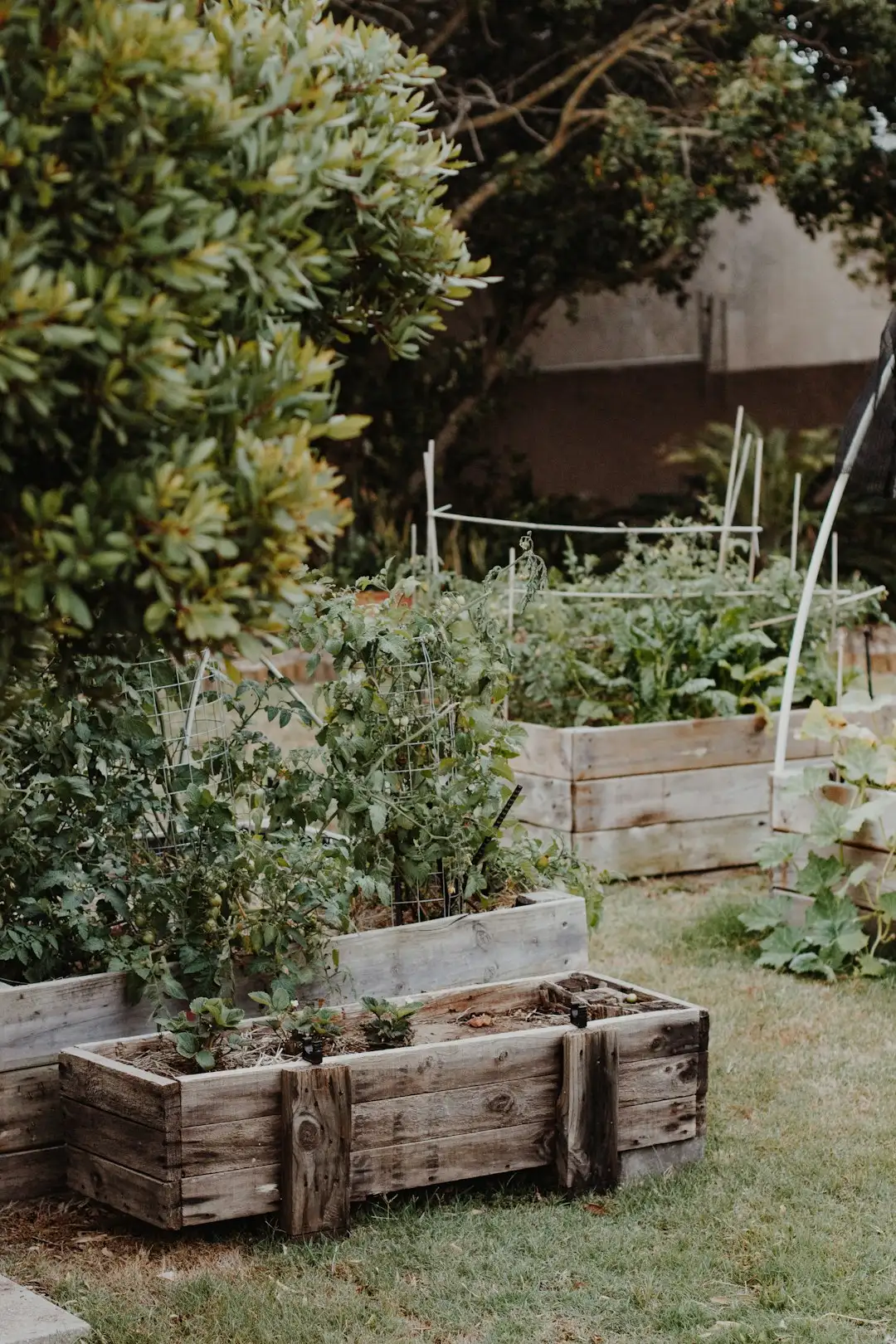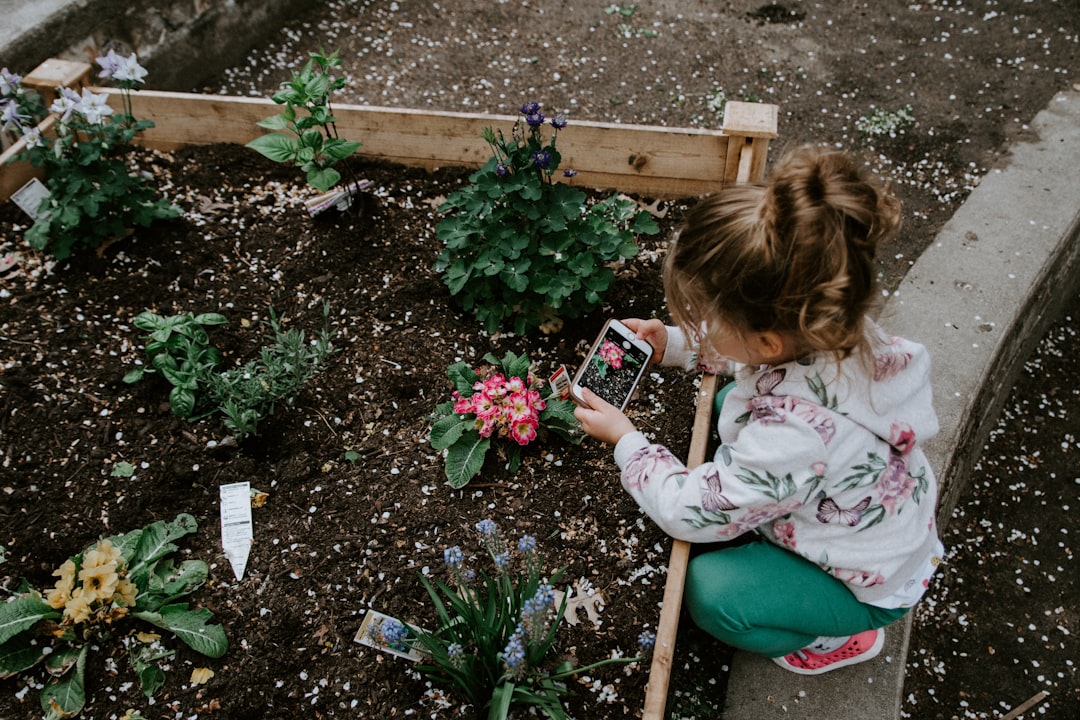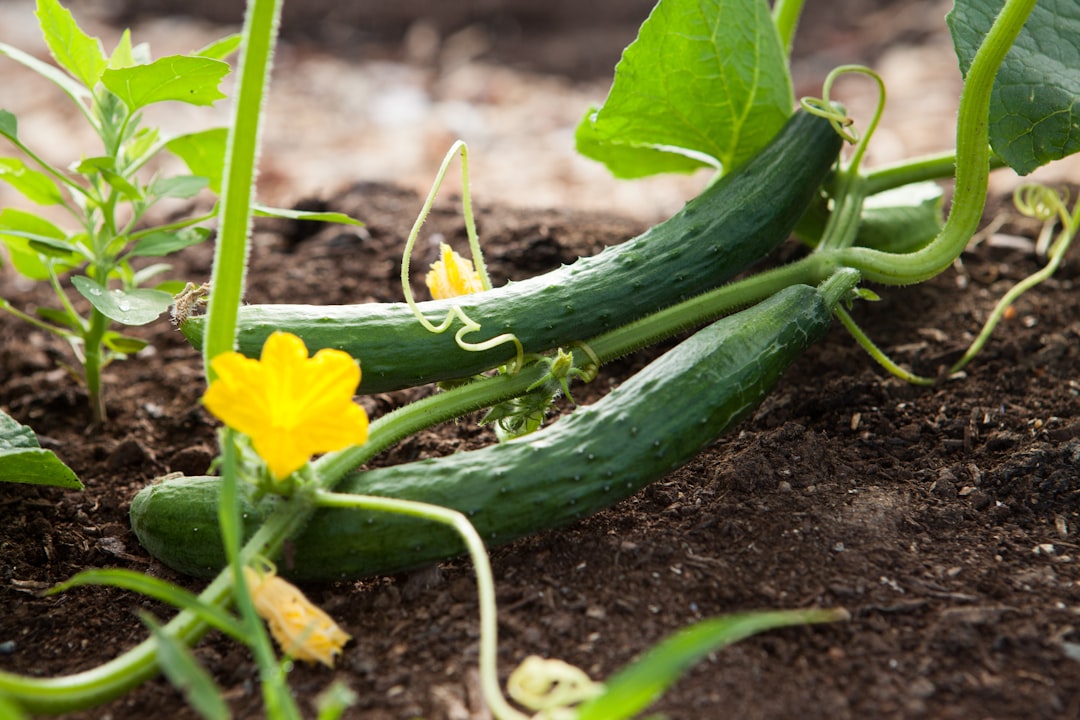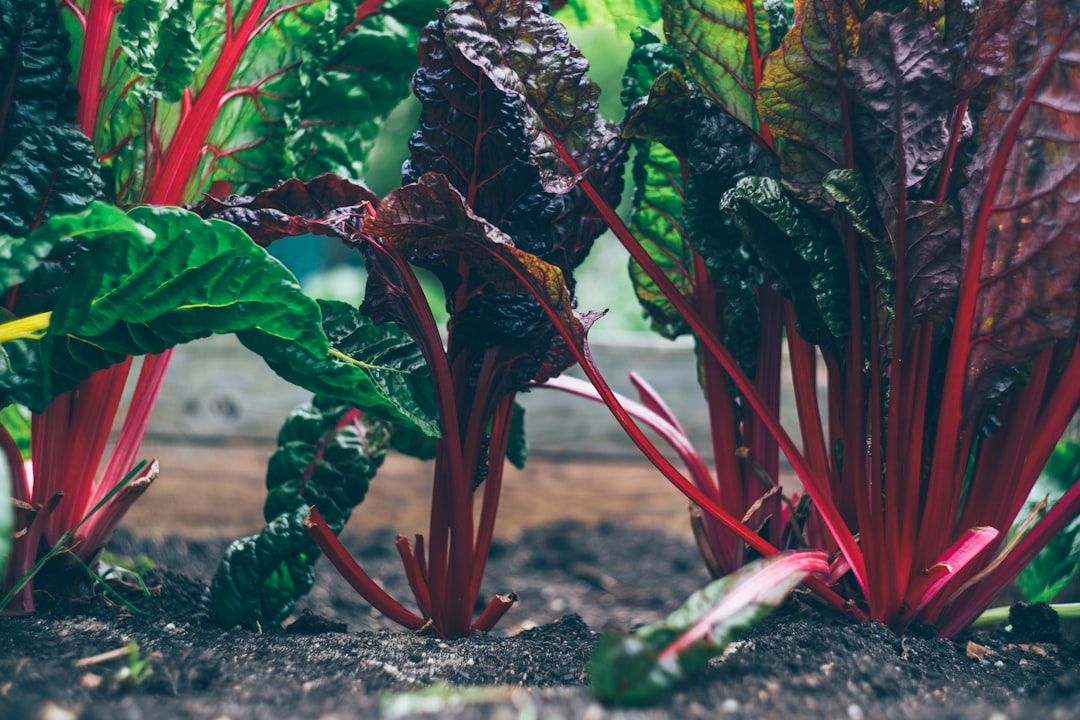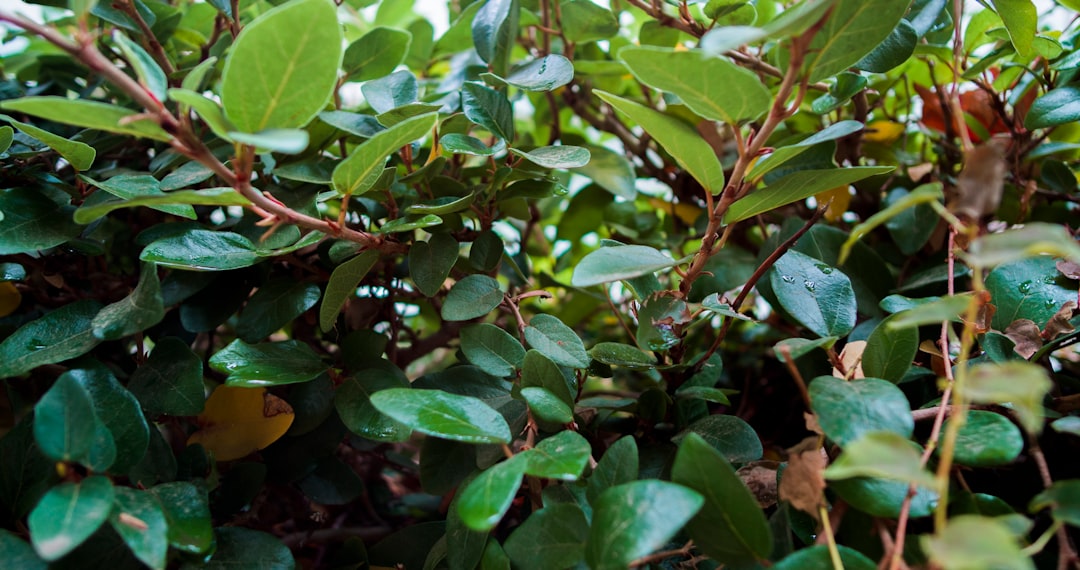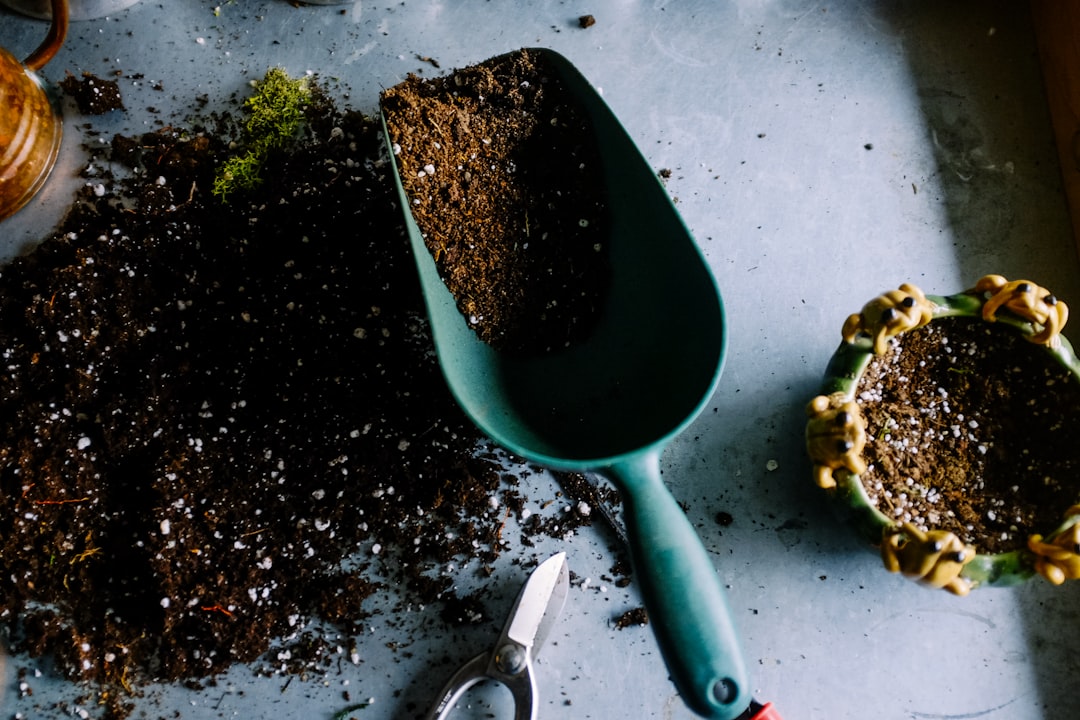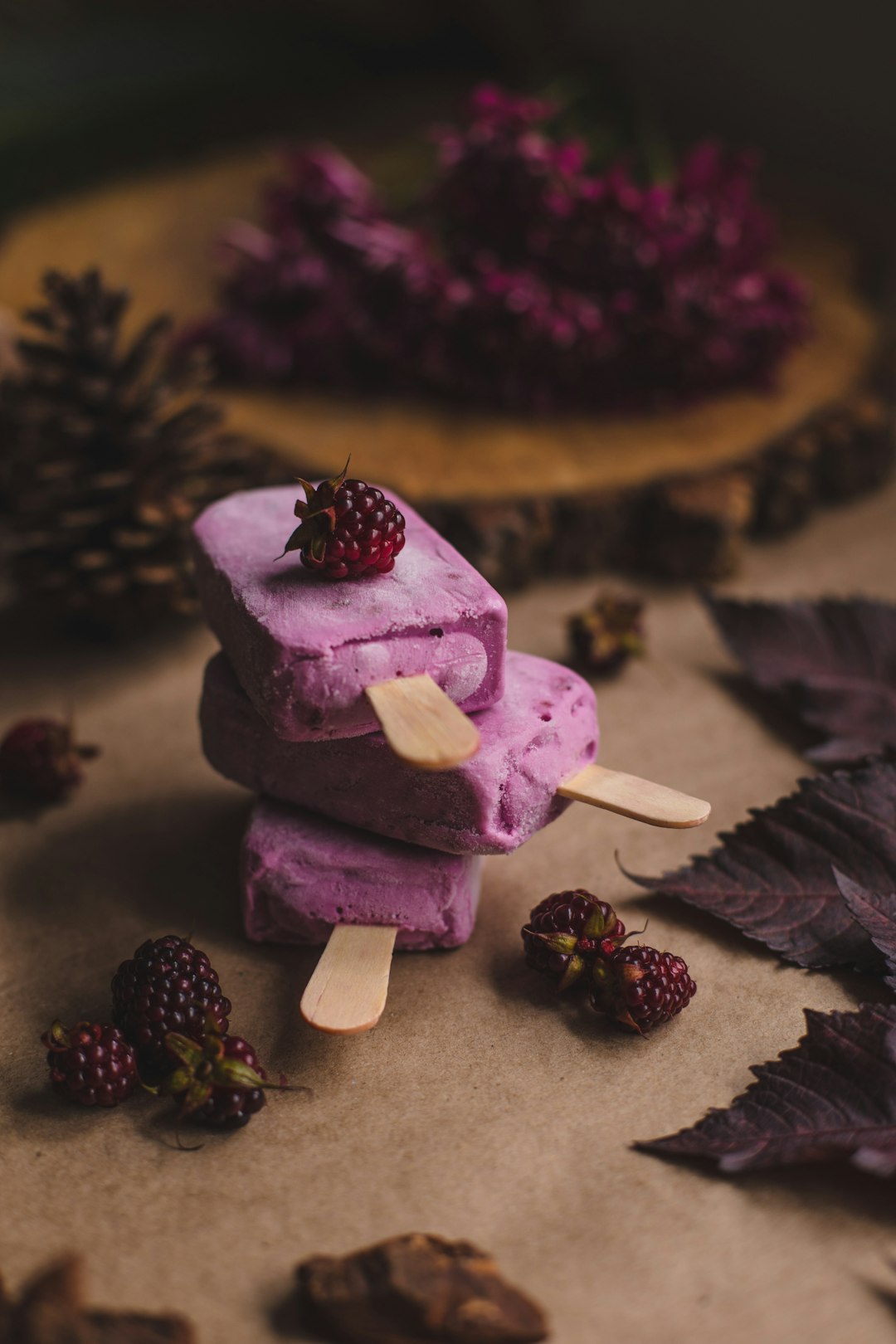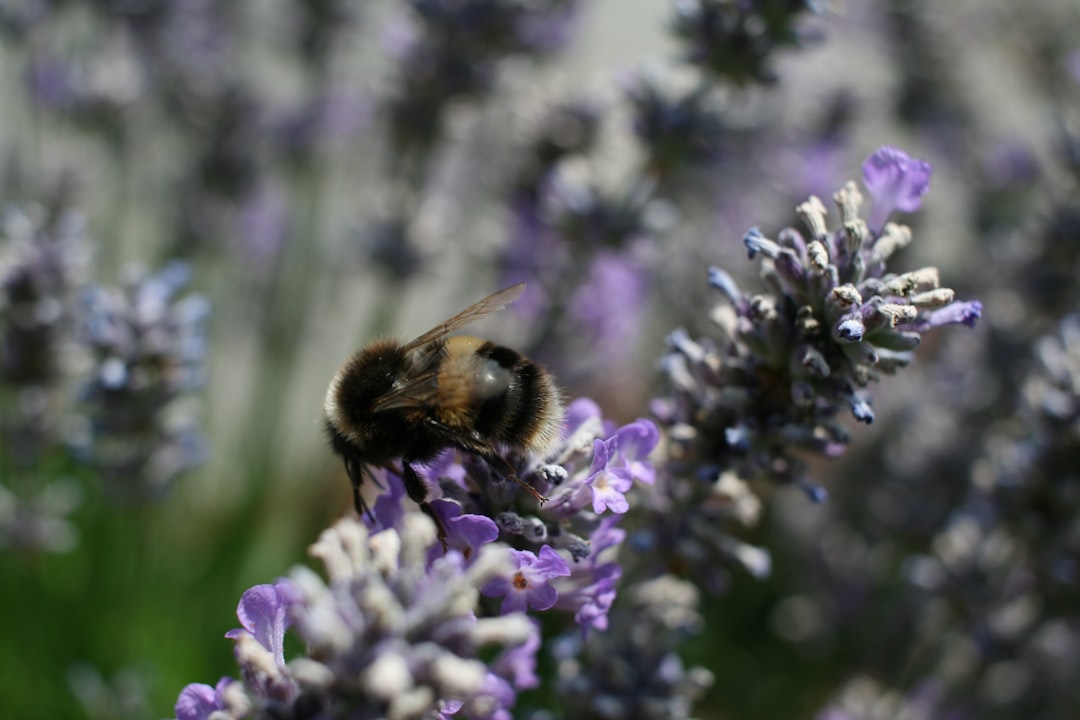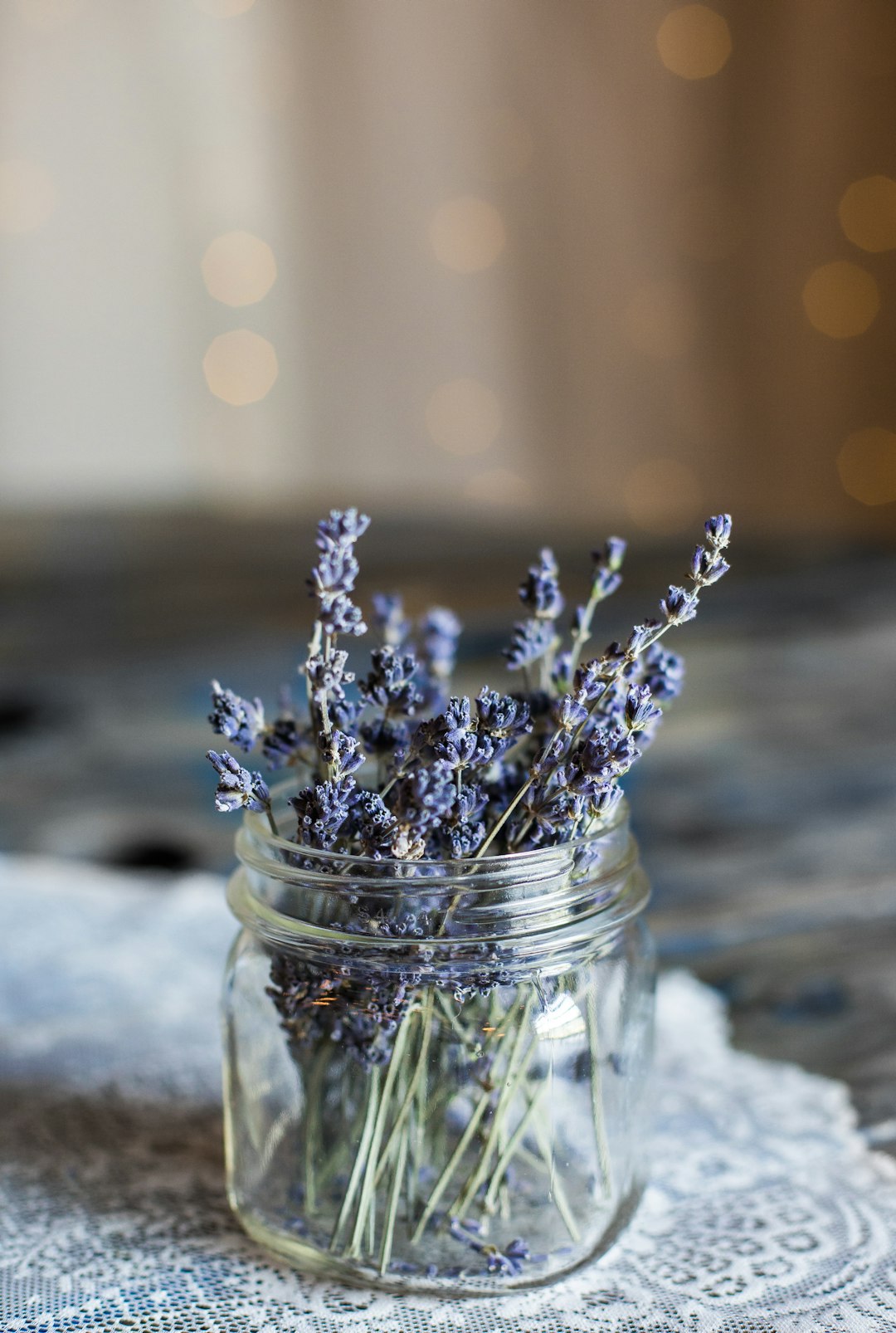
The queen palm, with its long, bright - green fronds and fast - growing nature, is a captivating addition to any garden. This majestic tree not only enhances the aesthetic appeal of your outdoor space but also brings a touch of the tropics. However, to keep it thriving, proper care is essential.
### Understanding the Queen Palm
Before delving into care tips, it's important to understand the queen palm's natural habitat. Native to South America, this palm thrives in warm, tropical, and subtropical climates. It can reach heights of up to 50 feet, with a spread of about 20 feet. Its fronds can grow up to 15 feet long, creating a lush, umbrella - like canopy.
### Planting the Queen Palm
When planting a queen palm, choose a location that receives full sun to partial shade. The soil should be well - drained, as the queen palm does not tolerate waterlogged conditions. Dig a hole that is twice as wide and just as deep as the root ball. Place the palm in the hole, making sure the top of the root ball is level with the ground surface. Backfill the hole with a mixture of native soil and organic matter, such as compost or peat moss. Water the palm thoroughly after planting to settle the soil around the roots.
### Watering Requirements
Proper watering is crucial for the health of the queen palm. Young palms need more frequent watering than established ones. For the first few months after planting, water the palm deeply at least twice a week. As the palm matures, reduce the frequency to once a week, but make sure to water deeply. A good rule of thumb is to provide about 10 gallons of water per inch of the trunk's diameter. During periods of drought or extreme heat, increase the watering frequency to prevent the palm from drying out.
### Fertilization
Queen palms are heavy feeders and require regular fertilization to maintain their health and vigor. Use a slow - release palm fertilizer that is specifically formulated for palms. The fertilizer should have a balanced ratio of nitrogen, phosphorus, and potassium, as well as micronutrients such as magnesium, manganese, and iron. Apply the fertilizer three to four times a year, following the manufacturer's instructions. Avoid over - fertilizing, as this can lead to salt buildup in the soil and damage the palm's roots.
### Pruning
Pruning is an important part of queen palm care. Remove any dead, damaged, or diseased fronds regularly to prevent the spread of pests and diseases. You can also prune off any flower stalks or fruit clusters to redirect the palm's energy towards growth. However, be careful not to over - prune, as this can stress the palm and make it more susceptible to problems. Only remove fronds that are completely brown or yellow.
### Pest and Disease Control
Queen palms are susceptible to a variety of pests and diseases. Common pests include palm weevils, scale insects, and spider mites. To control pests, use an insecticidal soap or horticultural oil. Apply the treatment according to the product's instructions. Diseases such as ganoderma butt rot and lethal yellowing can also affect queen palms. To prevent diseases, maintain proper cultural practices, such as watering and fertilizing correctly. If you suspect a disease, consult a professional arborist for diagnosis and treatment.
### Winter Protection
If you live in an area with cold winters, you need to provide winter protection for your queen palm. Wrap the trunk with burlap or a frost blanket to insulate it from the cold. You can also apply a layer of mulch around the base of the palm to protect the roots. Avoid using plastic to cover the palm, as this can trap moisture and lead to fungal diseases.
In conclusion, caring for a queen palm requires a combination of proper planting, watering, fertilizing, pruning, pest and disease control, and winter protection. By following these essential care tips, you can ensure that your queen palm remains healthy and beautiful for years to come.
New






